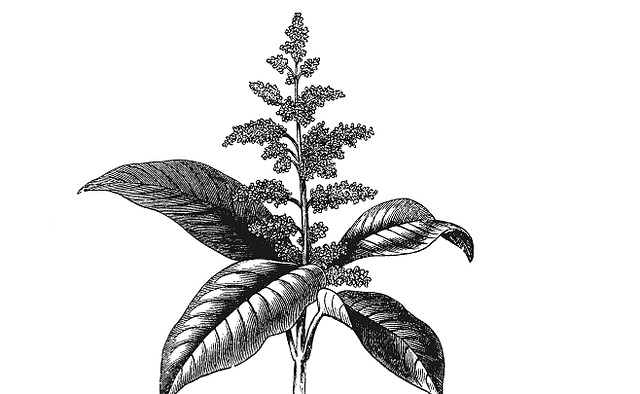Mangifera indica is a species of mango in the Anacardiaceae family. It is found in the wild in India and cultivatedvarieties have been introduced to other warm regions of the world. It is the largest fruit-tree in the world, capable of a height of one-hundred feet and an average circumference of twelve to fourteen feet, sometimes reaching twenty.[1] The species appears to have been domesticated in India at around 2000 BC.[2] The species was brought to East Asia around 400-500 BCE from India; next, in the 15th century to the Philippines; and then, in the 16th century to Africa and Brazil by the Portuguese.[3] The species was described for science by Linnaeus in 1753.[4]
Mango is the national fruit of India, Pakistan and the Philippines. It finds mention in the songs of 4th century CESanskrit poet Kalidasa. Prior to that, it is believed to have been tasted by Alexander (3rd century BCE) and Chinese pilgrim Hieun Tsang (7th century CE). Later in 16th century Mughal Emperor, Akbar planted 100,000 mango trees inDarbhanga, Bihar at a place now known as Lakhi Bagh.[5]
Mangiferin (a pharmacologically active flavonoid, a natural xanthone C-glycoside) is extracted from Mango at high concentrations from the young leaves (172 g/kg), bark (107 g/kg), and from old leaves (94 g/kg).[6] Allergenicurushiols are present in the fruit peel and can trigger contact dermatitis in sensitised individuals. This reaction is more likely to occur in people who have been exposed to other plants from the Anacardiaceae family, such aspoison oak and poison ivy, which are widespread in the United States.[7]
(From Wikipedia, February 2015)




